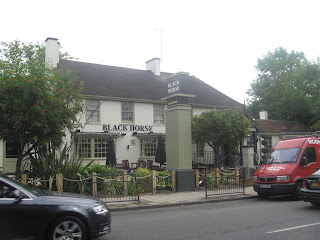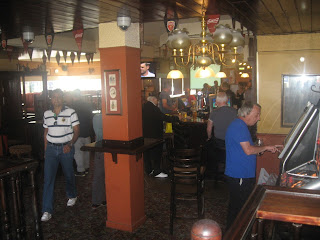The newly upgraded HAL Heritage Centre and Aerospace Museum, where people can get a feel of flying on both normal planes and fighter jets with motion simulators, is set to be inaugurated on Saturday by Rao Inderjit Singh, the minister of state for defence.
The centre, with 15 types of flying machines on static display, was established on August 30, 2001, in a 10-acre site. The museum houses rare photos from the 1940s and aircraft models that take the visitor on a journey through the heritage of aerospace and aviation industry in India. One can also see a dozen aircraft models and satellite launch vehicles (GSLV, PSLV) giving a glimpse of forays made by the country in space technology.
Visitors will come across facts like HAL produced buses and train coaches in early 50s, and that the black-box of an airplane is actually orange.
"We have done some fine modifications in view of HAL's platinum jubilee celebrations. These include refurbishing of metal art, murals, water cascade walls, renovation of cafeteria and fish pond", said T Suvarna Raju, CMD, HAL. The museum houses a library on aerospace and traces the development of the industry since 1940.
The additions include an orchidarium, a herbal garden, a children's play area and sustainability development park. The park has mock-up models of solar power systems, bio-gas plants and hybrid windmill.
Although HAL airport does not operate commercial aircraft anymore, a panoramic view of the landing and take-off of various aircraft and helicopters could still be experienced as chartered and test flights take off and land regularly. The entire stretch of runway could be seen from the dummy air-tower.
There is no weekly holiday for the museum, and it operates from 9 am to 5 pm with an entry fee of Rs 30 per person.
http://www.bangaloremirror.com/bangalore/others/HAL-museum-upgraded-gets-a-new-look/articleshow/50143725.cms
The centre, with 15 types of flying machines on static display, was established on August 30, 2001, in a 10-acre site. The museum houses rare photos from the 1940s and aircraft models that take the visitor on a journey through the heritage of aerospace and aviation industry in India. One can also see a dozen aircraft models and satellite launch vehicles (GSLV, PSLV) giving a glimpse of forays made by the country in space technology.
Visitors will come across facts like HAL produced buses and train coaches in early 50s, and that the black-box of an airplane is actually orange.
"We have done some fine modifications in view of HAL's platinum jubilee celebrations. These include refurbishing of metal art, murals, water cascade walls, renovation of cafeteria and fish pond", said T Suvarna Raju, CMD, HAL. The museum houses a library on aerospace and traces the development of the industry since 1940.
The additions include an orchidarium, a herbal garden, a children's play area and sustainability development park. The park has mock-up models of solar power systems, bio-gas plants and hybrid windmill.
Although HAL airport does not operate commercial aircraft anymore, a panoramic view of the landing and take-off of various aircraft and helicopters could still be experienced as chartered and test flights take off and land regularly. The entire stretch of runway could be seen from the dummy air-tower.
There is no weekly holiday for the museum, and it operates from 9 am to 5 pm with an entry fee of Rs 30 per person.
http://www.bangaloremirror.com/bangalore/others/HAL-museum-upgraded-gets-a-new-look/articleshow/50143725.cms










